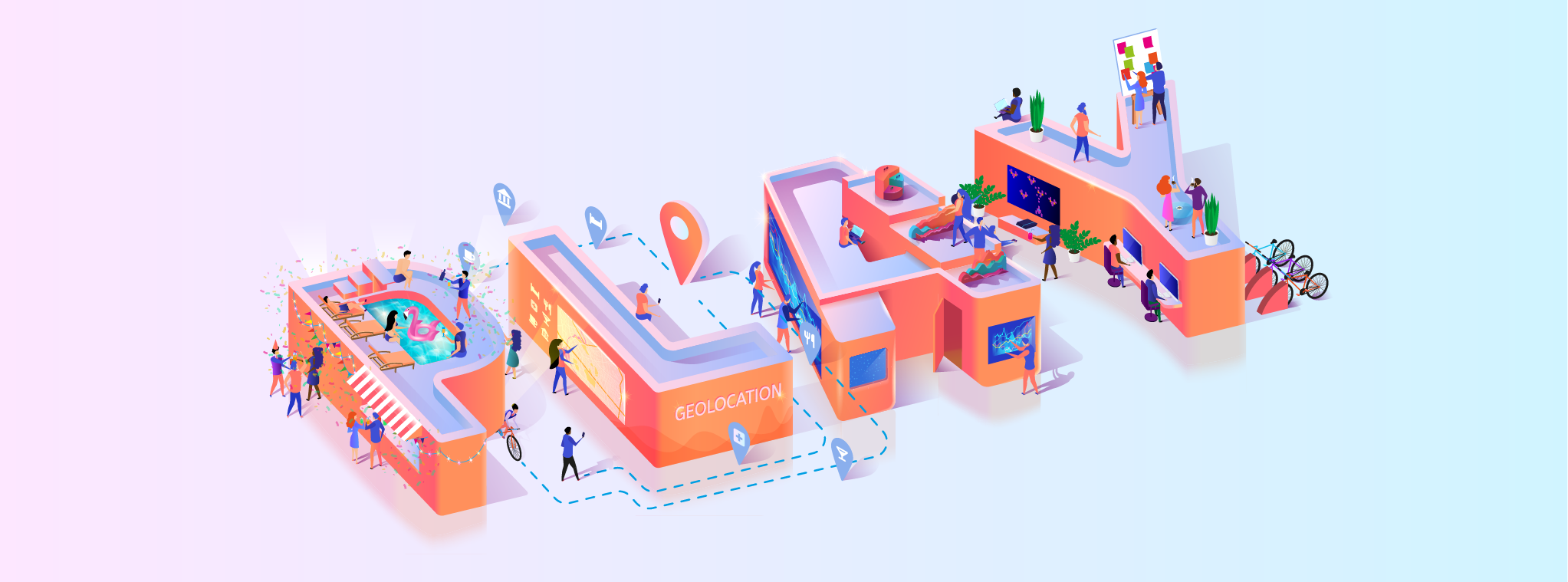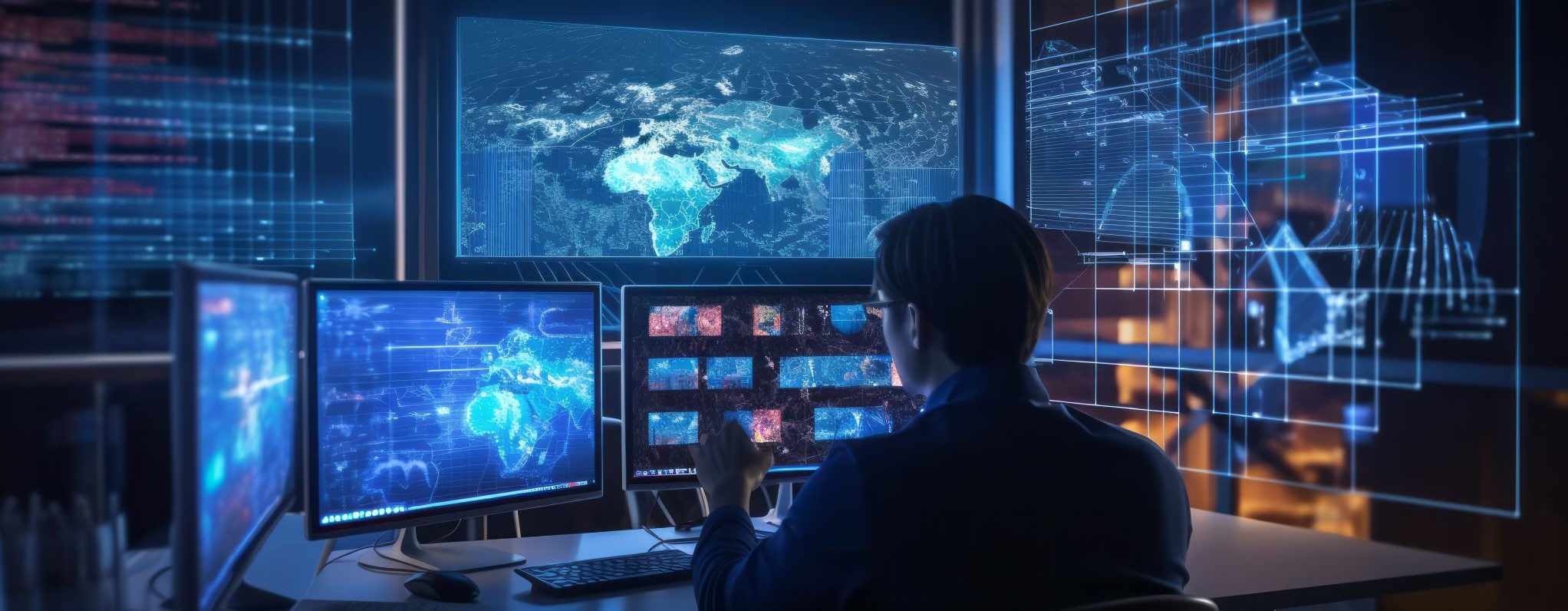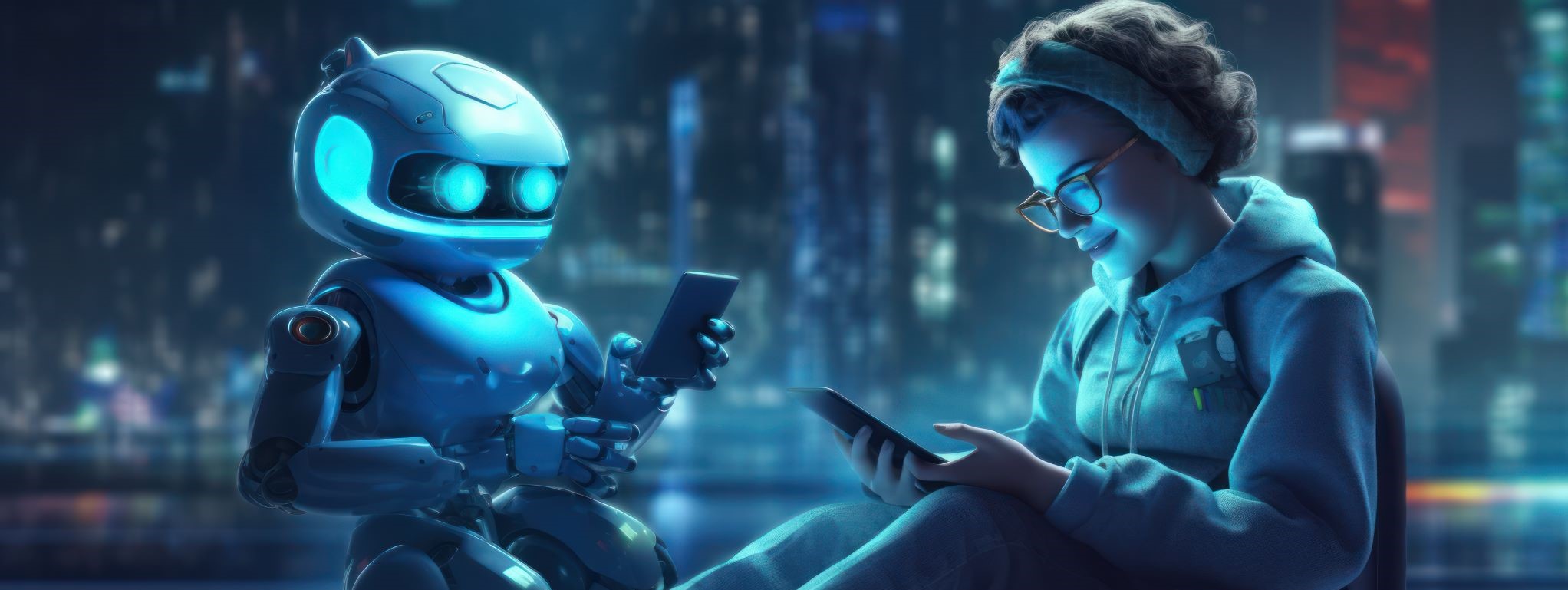Gamification Can Level Up Your Customer Experience

The Role of Gamification in Customer Experiences
The best customer and guest experiences involve memorable, personalized service. However, smart companies don’t roll the dice and hope for the best when it comes to creating experiences.
Gamification is one technique increasingly used by hospitality brands to increase customer loyalty. In an article for Lodging Magazine, Aron Ezra writes that gamification uses traditional elements of gameplay to encourage engagement with a product or service:
When a hotel successfully transforms a marketing offer into a fun experience for guests, the results go beyond the initial uptick in revenue. In-room games, front-desk games, and games associated with an event or conference help to inspire more long-term brand loyalty and more loyalty program sign-ups while unlocking a treasure trove of behavioral data and customer insights.
Gamifying the customer experience can pay off if done correctly. Creating a fun user experience boosts customer loyalty and engagement. This means employing game mechanics in the service of designing experiences that can delight and interest people, leading to greater opportunities to acquire and retain customers.
Carnival Corporation, the world’s largest cruise vacation company, has integrated gamification on a large scale through its innovative OceanMedallion™ program. By combining artificial intelligence applications, Big Data analysis, and Internet of Things (IoT) technology, the initiative helps provide personalized, memorable end-to-end guest experiences.
How does it work? Prior to embarking, a small, wearable Ocean Medallion device is issued to all passengers. Allowing access to a menu of convenient, hands-free services, the OceanMedallion™ smooths out the guest experience, allowing them to unlock staterooms hands-free, order food or drinks, access information, pay, and perform other actions. To make this happen, participating Carnival ships have to be outfitted with sophisticated digital infrastructure and thousands of sensors.
In a review, Sara Macefield writes about some of the overt applications of gamification that the Ocean Medallion program offers shipboard guests:
Play Ocean is where you can set up “Ocean Tagalong” – your own personal companion or avatar in the shape of a seahorse, turtle or butterfly fish that you can customise with different colours and patterns – and take part in Games Under the Stars sessions on the giant movie screen on deck when your smart device becomes your game controller. Alternatively, use the smaller portals in the ship to participate in various games and even an interactive digital scavenger hunt that sends players to screens at different locations.
In the world of business metrics, the fun can be overlooked, but it’s the secret sauce that can boost guest and customer experiences to the next level. Gamification can be a valuable tool if implemented thoughtfully. It requires the same commitment to detail and execution that should characterize any exercise in experience design.
This is where dedicated Experience Operations teams, which oversee the creation and operation of the technological and operational ecosystems that power personalized, delightful guest experiences, are particularly useful. In the case of the OceanMedallion™ project, LMS subsidiary, GEM, has helped coordinate dozens of teams to implement the highly personalized experience for guests that Carnival envisioned. Additionally, GEM teams manage shipboard and central operations, ensuring the smooth operation of the technology 24/7.
In the end, gamification is an important tool for the guest experience toolkit, but it is far from the only one. Successful brands continually focus on eliminating pain points, streamlining processes, and engaging with guests in simple, personalized ways. Incorporating gamification can add another entertaining level of engagement to please guests. But it works best when given careful attention and forethought during the design process.



